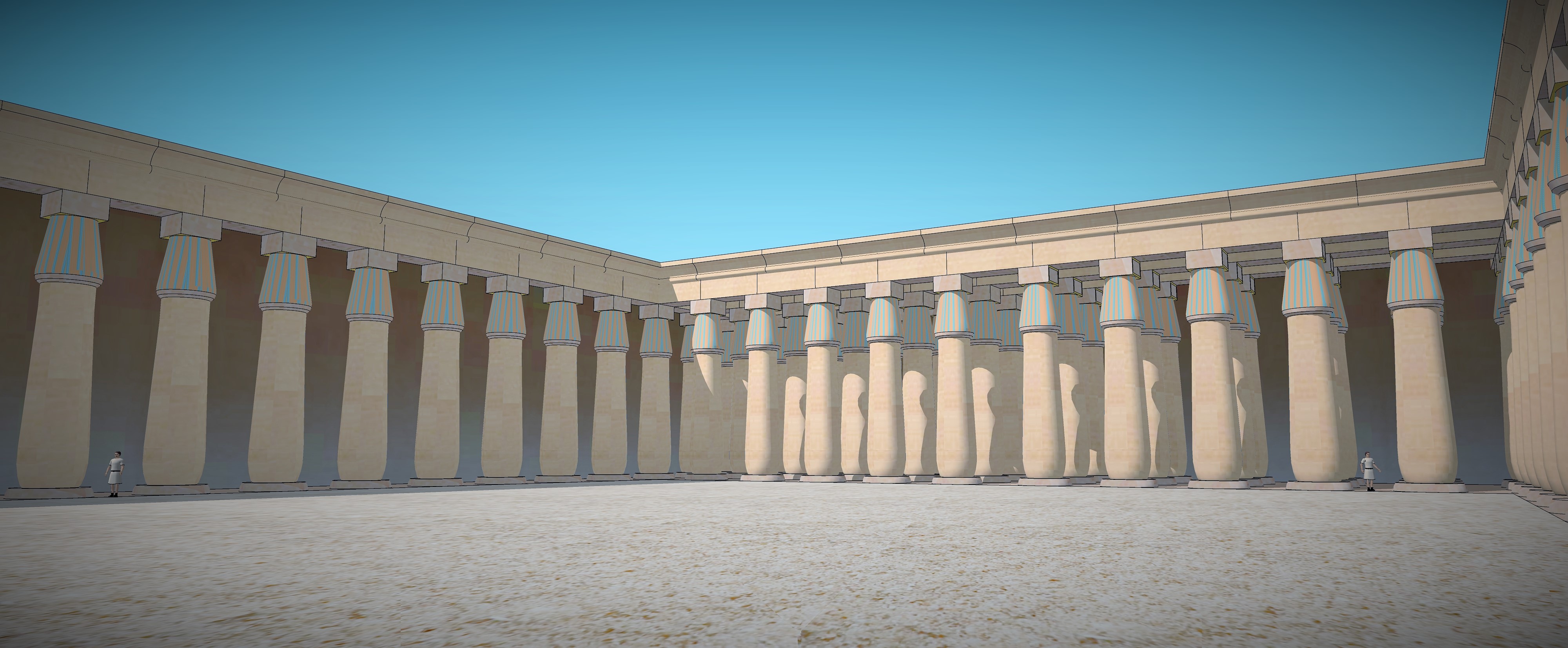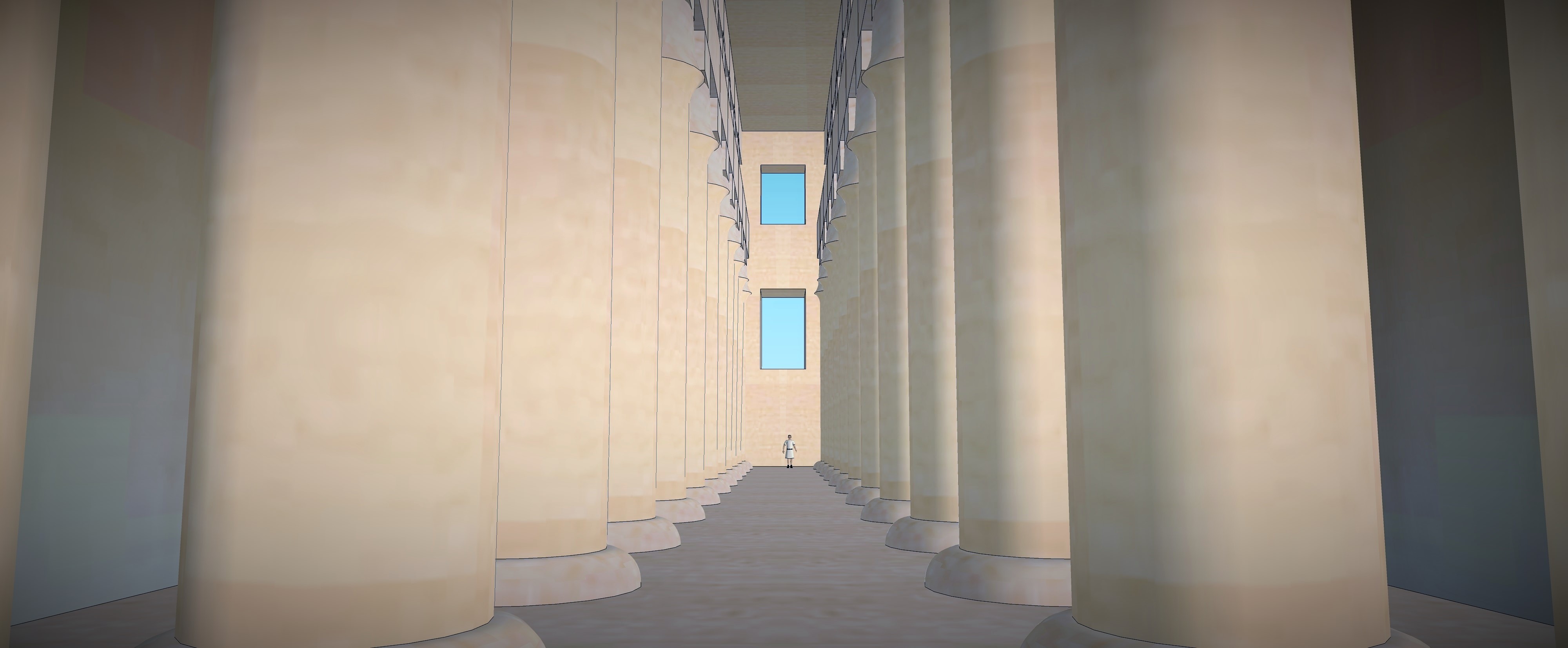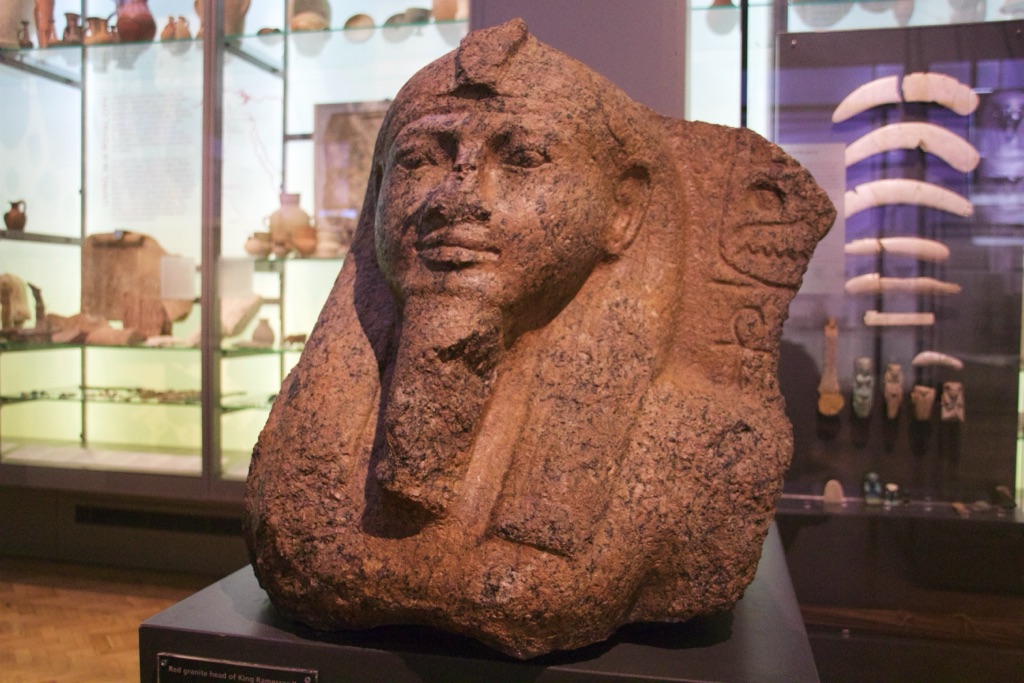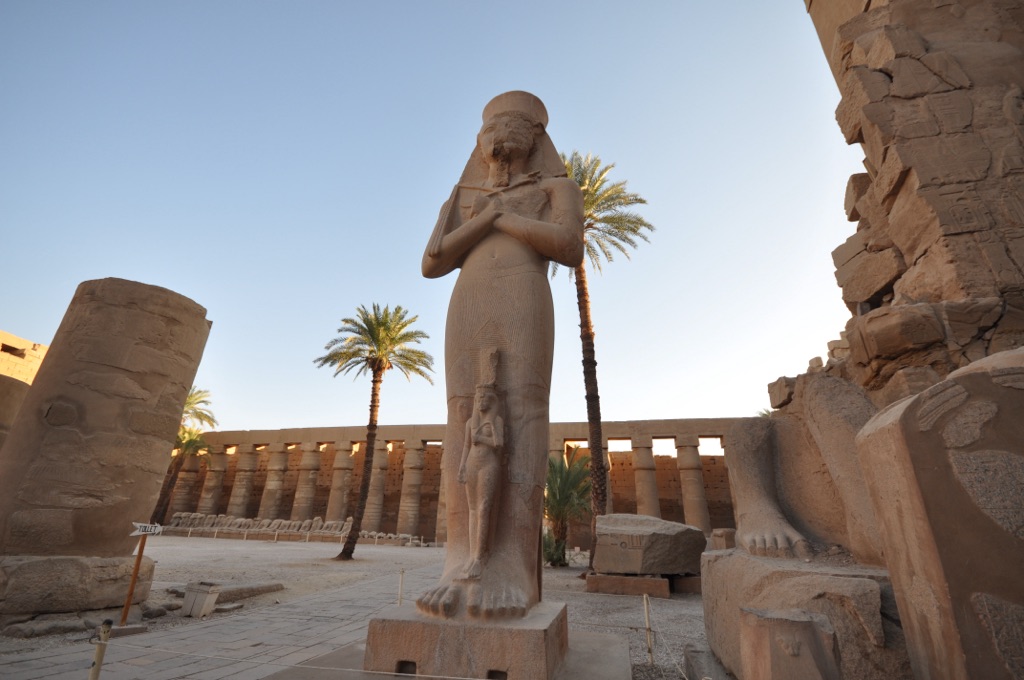Pi-Ramesses was a flourishing city in the Nile delta region, established by Pharaoh Ramesses II during Egypt’s 19th Dynasty. It served as the new capital of Egypt and a monumental showcase of Ramesses’ wealth and power. The city was adorned with temples, palaces, and statues, becoming a hub of political and cultural activity. Over time, its significance waned, and the city was eventually abandoned. Rediscovery and excavation have brought Pi-Ramesses back into the limelight, offering insights into ancient Egyptian civilization.
Get your dose of History via Email
Historical Background of Pi-Ramesses
Pharaoh Ramesses II, also known as Ramesses the Great, founded Pi-Ramesses in the 13th century BC. He aimed to create a capital that reflected his grandeur. The city was built near the earlier site of Avaris, the capital of the Hyksos. Pi-Ramesses became the royal residence and the main seat of power during Ramesses’ reign.

Archaeologists discovered the site in the 20th century, with the first excavations conducted by the University of Toronto. The city’s exact location was a mystery until the 1960s. It was then that Manfred Bietak identified the site at Qantir, in the eastern Nile delta. The discovery was significant, shedding light on the city’s layout and structure.
Pi-Ramesses was a bustling metropolis during its heyday. It later served as a strategic military base for campaigns in Asia. After Ramesses’ death, the city’s importance declined. The shifting course of the Nile led to its eventual abandonment. The stone from its monuments was repurposed for buildings in nearby cities like Tanis.
The city was not only a political center but also a cultural and religious one. It hosted grand festivals and was home to thousands of statues. The most significant of these was the four colossal statues of Ramesses that stood at the temple of Ra. Pi-Ramesses was also the scene of the signing of the first recorded peace treaty in history, between Egypt and the Hittites.
Later pharaohs did not maintain Pi-Ramesses, and it fell into obscurity. The city’s legacy lived on in the form of its architectural and artistic influences. These have been invaluable in understanding the might and ambition of Ramesses II. The site continues to be an important focus for Egyptologists and archaeologists.
About Pi-Ramesses
Pi-Ramesses was an architectural marvel of its time, designed to display the might of Pharaoh Ramesses II. The city covered an area of about 10 square kilometers. It featured grand avenues, temples, and administrative buildings. The use of mud bricks and limestone was prevalent in its construction.
The city’s layout was symmetrical, reflecting Egyptian cosmology and the pharaoh’s divine status. The main temple, dedicated to the god Ra, was at the city’s heart. It housed colossal statues of Ramesses II, which stood as a testament to his power and god-like status.
One of the architectural highlights of Pi-Ramesses was the great royal palace. It was a complex of buildings with vast courtyards, audience halls, and private apartments. The walls were adorned with intricate reliefs and paintings that depicted the pharaoh’s military triumphs and religious ceremonies.

The city also had a military chariotry, reflecting its strategic importance. The chariotry housed thousands of war chariots and horses. It was a key feature of the city’s defense and offensive capabilities during Ramesses’ military campaigns.
Despite its grandeur, much of Pi-Ramesses lies beneath the modern landscape. Excavations have revealed only a fraction of its former glory. The city’s remains provide a glimpse into the urban planning and architectural prowess of ancient Egypt.
Theories and Interpretations
Several theories have emerged about Pi-Ramesses since its discovery. One suggests that the city’s location was chosen for its strategic military advantage. It provided a base for campaigns into Asia and a defense against northern invasions.
Some scholars believe that Pi-Ramesses was not only a political capital but also a statement of ideology. It represented the restoration of Egyptian power after the Hyksos occupation. The city’s grandeur was a deliberate attempt to overshadow the former Hyksos capital at Avaris.

There are mysteries surrounding Pi-Ramesses, particularly regarding its decline. Some attribute it to the shifting course of the Nile, which made the city less accessible. Others suggest that political shifts and the rise of new power centers led to its abandonment.
Historians have matched the city’s layout and features with ancient records, such as the writings of Herodotus. These accounts have helped to confirm the city’s identity and its significance in Egyptian history.
Dating of artifacts and structures at Pi-Ramesses has been carried out using various methods. Radiocarbon dating and stratigraphy have been instrumental in establishing a timeline for the city’s construction and occupation.
At a glance
Country: Egypt
Civilization: Ancient Egyptian
Age: Approximately 3,300 years old (13th century BC)
Conclusion and Sources
Reputable sources used in the creation of this article include:
- Wikipedia: https://en.wikipedia.org/wiki/Pi-Ramesses

